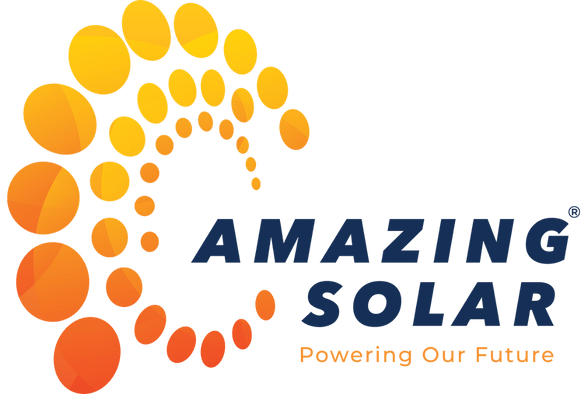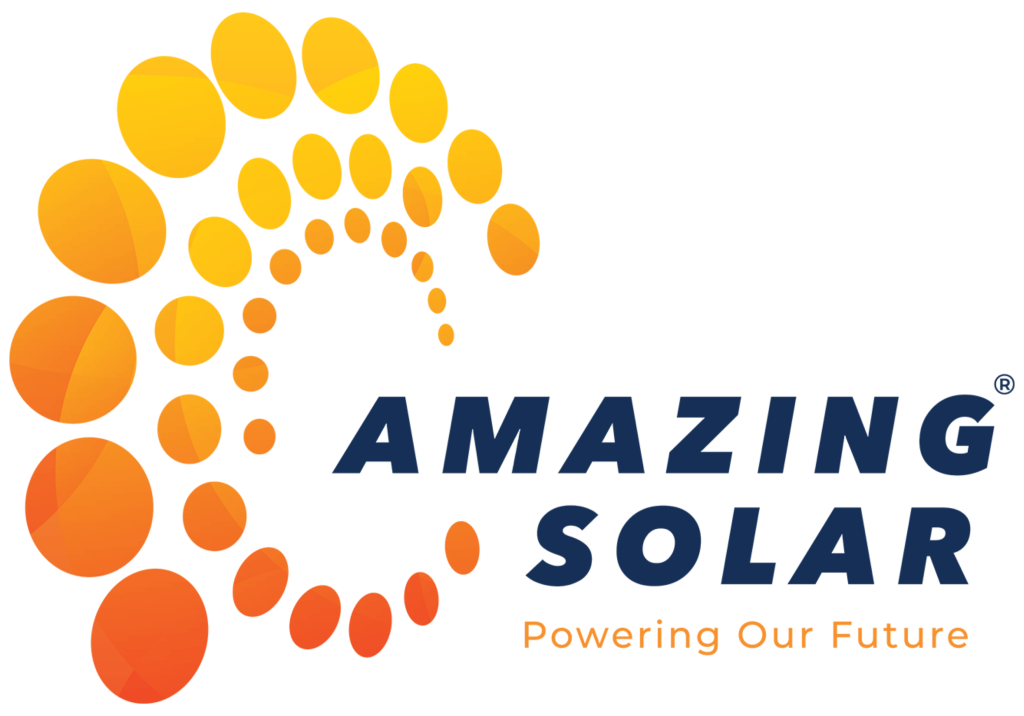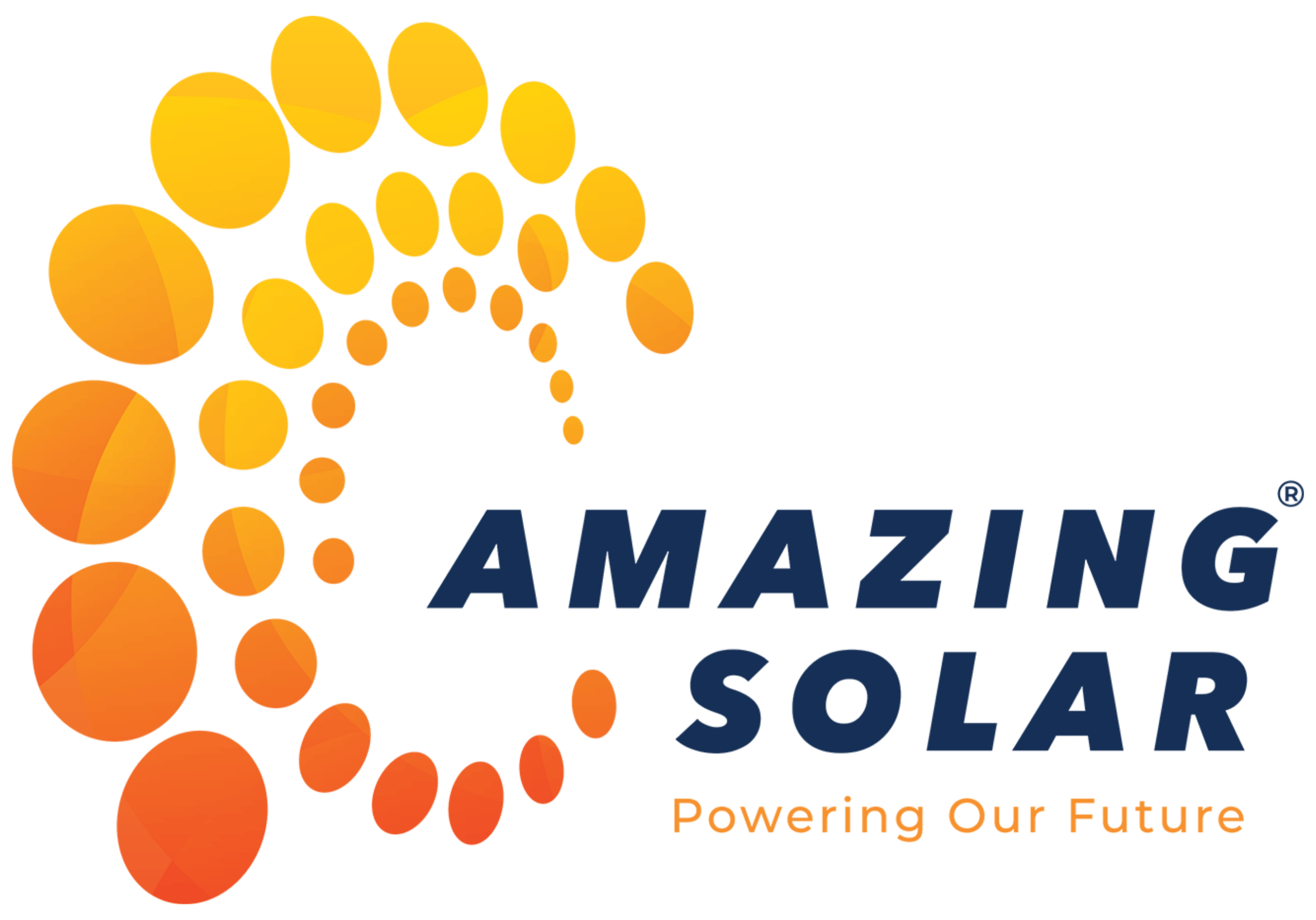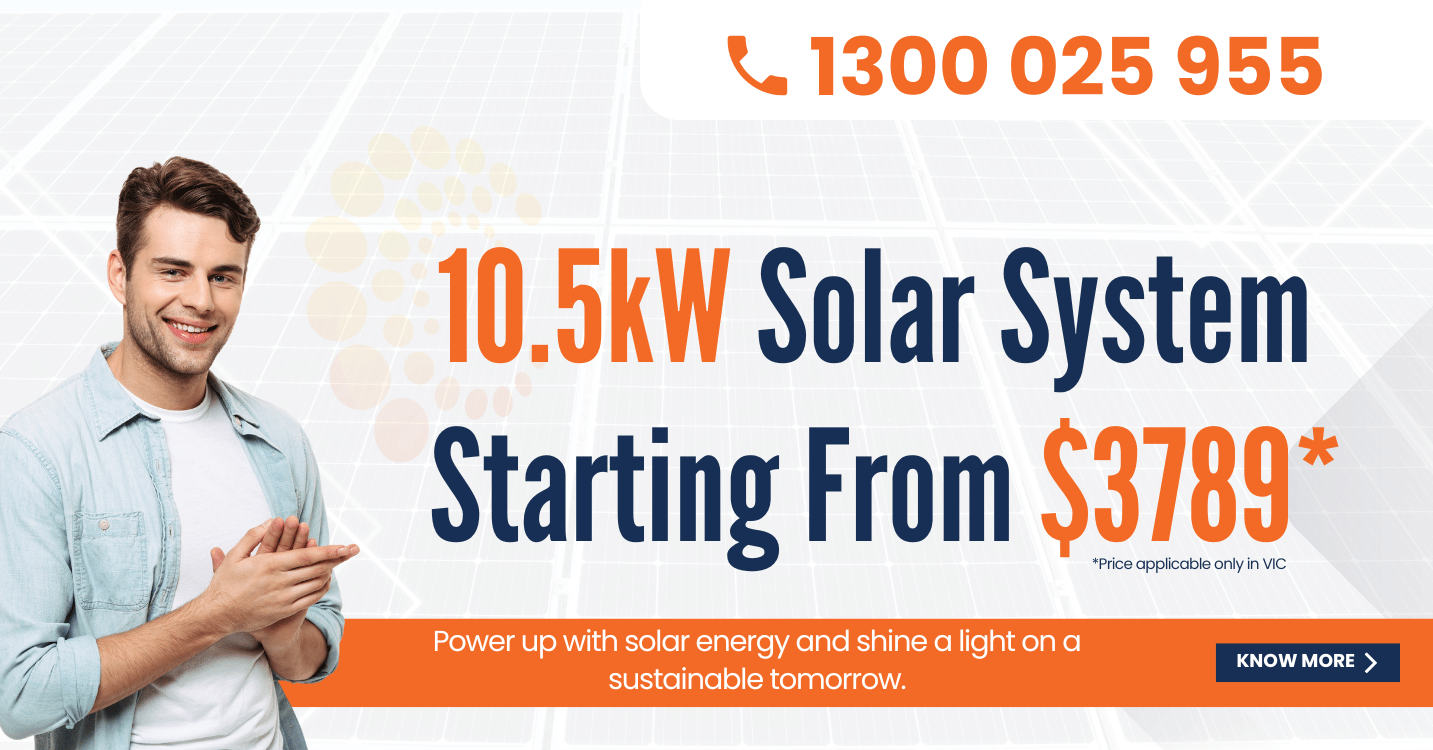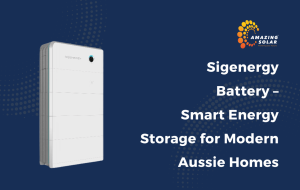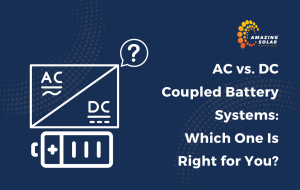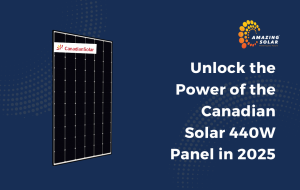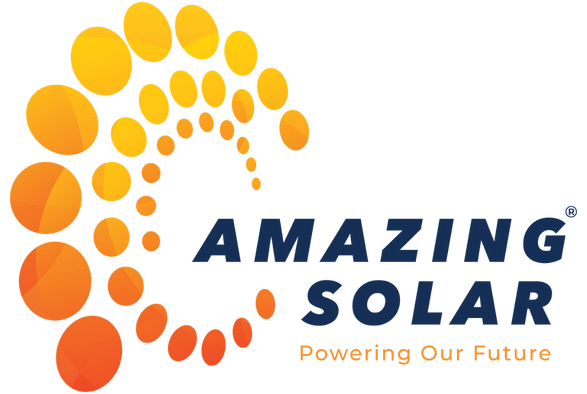Single vs Three Phase Solar: When setting up solar systems, choosing between single vs three phase solar can significantly impact the efficiency and feasibility of your solar solution. At Amazing Solar Solutions, we believe in empowering our customers with knowledge, so let’s dive into the distinctions between these two electrical systems and understand which one is more suitable for solar panel installations.
Understanding Single-Phase and Three-Phase Power
- Single-Phase Power is the standard electrical service delivered to most homes in Australia. It involves a single sine wave of power, making it simpler and more cost-effective for residential properties. This system typically operates on a 230V supply and is ideal for smaller load requirements such as lighting, heating, and smaller appliances.
- Three-Phase Power on the other hand, uses three electrical currents, each phase running out of sync with the others. This type of power supply is commonly used in larger commercial or industrial settings due to its ability to handle higher loads and provide a more consistent, powerful energy supply. Operating usually at 400V, it’s the go-to choice for heavy machinery and large electrical systems.
Choosing the Right Phase for Your Solar Panels
1) Single-Phase Systems:
If you’re considering solar panel installation for a typical home, single-phase power might be your best bet. It’s straightforward to integrate with most residential solar systems and sufficient for handling the energy production and distribution that a home solar setup requires.
Advantages include:
- Compatibility with home appliances and wiring.
- Lower installation costs due to simpler setup requirements.
- Generally sufficient for solar systems up to 5kW, covering the needs of most residential properties.
2) Three-Phase Systems
For larger residential properties, commercial buildings, or if you’re planning to install a solar system larger than 5kW, a three-phase connection can be more suitable.
It allows for greater electricity flow, which is essential when installing more extensive solar systems.
Advantages include:
- More balanced power supply, which reduces the load on each phase and enhances stability.
- Ability to support larger solar installations (typically above 5 kW).
- Reduced voltage drop, which is critical in maintaining efficiency in larger systems.
Which One Should You Choose?
If you’re a homeowner with average electricity needs, a single-phase system is typically sufficient and cost-effective. However, if you are considering expanding your solar capacity or already have high energy demands, upgrading to a three-phase system might be worth considering.
At Amazing Solar Solutions, we recommend consulting with a professional to assess your specific needs based on your current electrical systems, future energy goals, and budget. This personalized approach ensures that you get the most efficient and effective solar power system tailored to your situation.
Ready to Illuminate Your Home with Solar Power?
Embrace a greener future with Amazing Solar Solutions! Whether you’re pondering a new solar installation or considering upgrading your existing system, our expert team is here to guide you every step of the way. Don’t let the complexity of phases deter you; we make solar simple and straightforward.
Call us today at 1300 025 955 to discuss your solar needs or visit us to explore how we can light up your life with sustainable and efficient solar solutions. Harness the sun with Amazing Solar Solutions – where your bright future begins!

